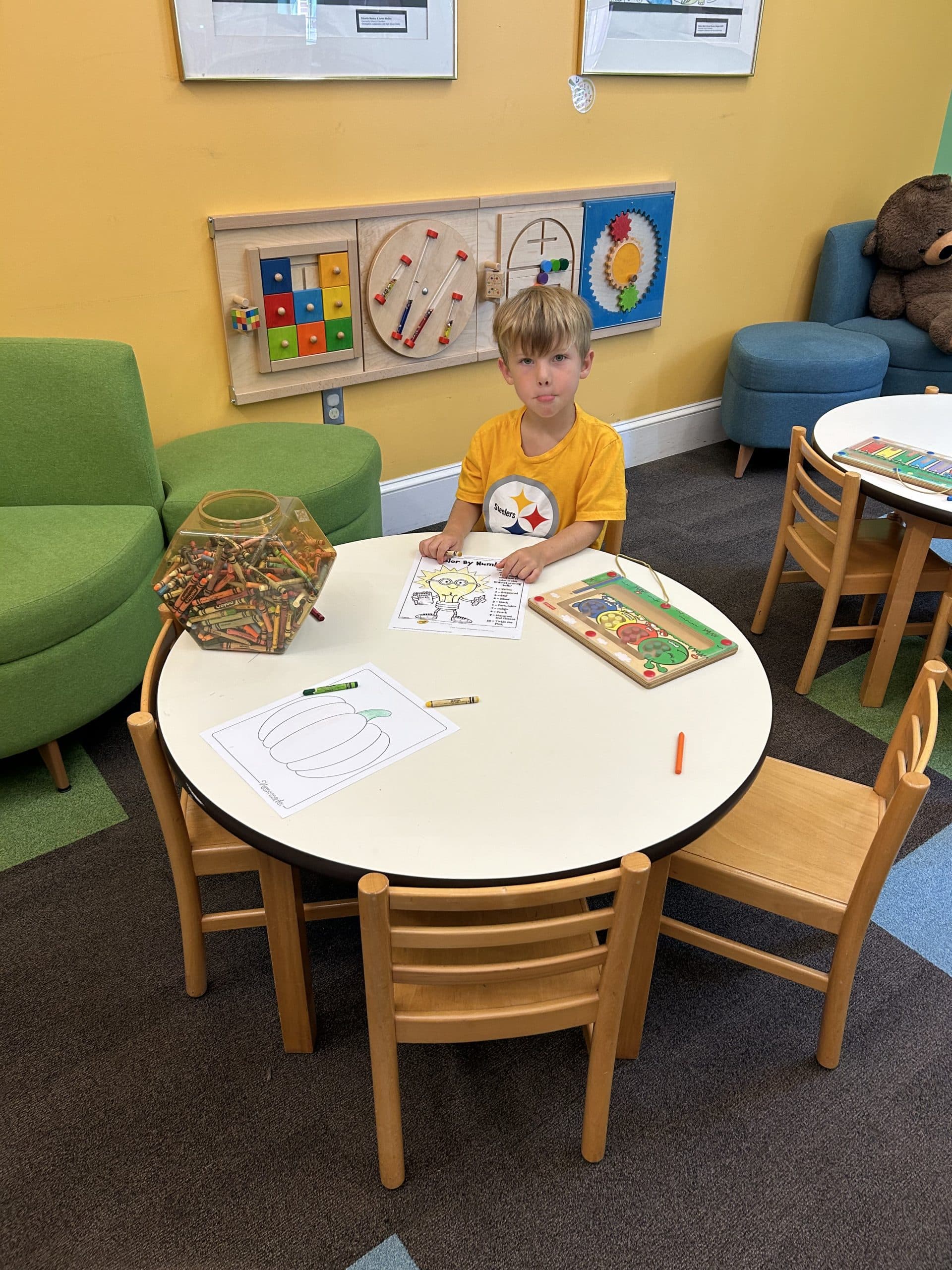The old basics of traditional schools are no longer applicable in today’s modern classrooms. They no longer match what students need. Due to the Internet, students live and learn differently than in the past. Schools have to adapt to the use of the Internet to educate students. Skills are needed to meet the needs of all students.
Many schools maintain traditional standards, and students’ learning has changed. Schools have adjusted to the needs of modern society. However, school changes depend on the district’s choices and funding. New programs can’t be purchased. With less funding, virtual learning is not available. Plus, today’s schools need to be safe places. With a lack of funding, security may not be up to par.
Kindergarten Basics
Many young children attend pre-K classes. They learn skills and content before they attend kindergarten and first grade. Six-year-olds read, add, and write before they go to first grade. They know letters, sounds, sight words, colors, and number words and can print their name. Kindergarten teachers stress following directions, social-emotional skills, motor skills, rhyming, and group play. This is due to Pre-K classes.
Tech Basics
Today, elementary school students learn computer basics, including keyboard skills. Schools have replaced the traditional blackboard with electronic whiteboards, and educational movies are available to all students.
Today, students use educational apps on their tablets in the classroom. Students learn the basics of coding. They use apps for homework, math concepts, reading, and science experiments.
Math Basics
Rather than depend on memorization, students learn number sense. Mathematical concepts focus on the why instead of memorization. They use problem-solving skills and real-world applications. There is no right or wrong answer. Students explain how they arrived at a solution. The basics in math include number sense and making 10s. Students dissect math problems. Traditionally, students took notes from lectures and followed given procedures.
Print or Cursive
Parents show concern over the lack of cursive writing in schools. Schools have reintroduced cursive into the curriculum for note-taking in the middle grades and reading skills in the lower grades. Students in higher grades tend to take notes on tablets or laptop computers.
Along with the new basics in school, the methods teachers use also changed. The recognition of different learning styles causes a variation in teaching methods and strategies.
The new basics include giving students a voice. Students work in teams and collaborate. Communication becomes a basic skill. Problem-solving and critical thinking are part of everything. Students learn how to control their emotions as they relate to others. Resilience and adaptability are part of the classroom expectations. These help students develop the skills needed for life.




2 Responses
Loved this column! Interestingly, my nephew who is a second grader recently learned how to write his name in cursive. My sister then showed him a copy of the Declaration of Independence to let him know that reading and understanding words in cursive is a very important skill. It’s good to know that some institutions still teach important skills!
Thanks, Colleen. I appreciate the comment.
J